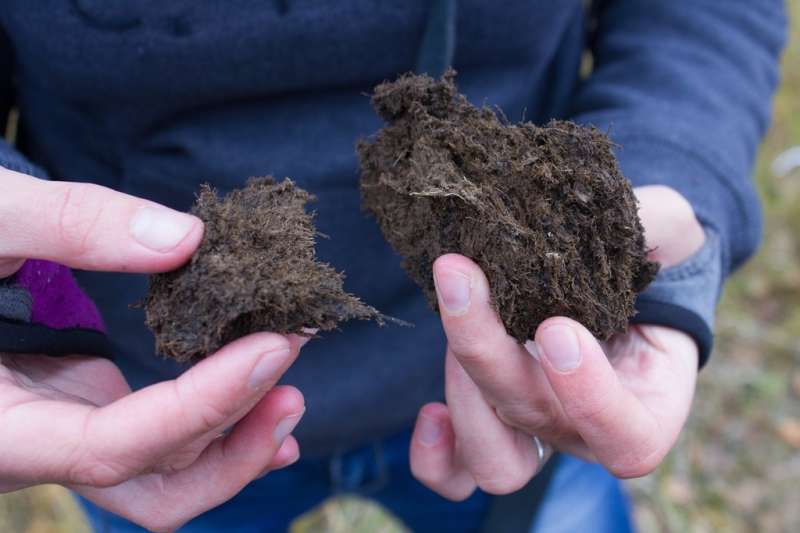A biofuel for automated heat generation

Pyrolysis, a process of biomass decomposition, can be organized automatically. Specifically, it is sufficient to heat biomass to a certain temperature until the process proceeds in the autothermal mode due to its own heat release. This technology has been reported by scientists from Tomsk Polytechnic University in an article published in the Journal of Thermal Analysis and Calorimetry. The development of this technology will make biofuel energy generation more resource-efficient and feasible.
The scientists report results for such types of biomass as pine sawdust, wood chips, straw, and two types of peat from the Arkadievsky and Sukhovskoe deposits of the Tomsk Oblast. They are the most common types of biomass in the region and typical for Russia as a whole. In order to generate heat and energy, TPU scientists subjected the inputs to pyrolysis, the process of thermal decomposition of organic matter in an oxygen-free environment.
Worldwide, there is a huge amount of organic matter that can be used as biofuel. Such fuel is much more environmentally friendly than traditional fuels. However, co-author Roman Tabakaev, a research fellow at the Butakov Research Center, says, "To replace or just compete with fossil organic raw materials, fuel production out of biomass should become more feasible."
One of the ways to produce heat from biomass is pyrolytic processing. Pyrolysis is the basis for many modern technologies. Despite the fact that pyrolysis has been known for a long time, scientists do not agree about whether the technology is energy efficient; some believe it is an unprofitable and wasteful technology, as it requires expending energy to decompose organic matter. The study carried out by the TPU researchers shows that the heat release from pyrolysis can be used to maintain the process itself.
In autothermal processes, the reaction temperature is maintained by its own thermal release. Practically it reduces the cost of the process, increasing the efficiency of processing. An autothermal regime is a process in which the magnitude of the thermal effect exceeds thermal costs. That is, at the decomposition of biomass, more heat should be released than that required to heat it. To identify the values of these indicators—the heat effect and heat costs—for specific biomass types, the authors conducted thermogravimetric (TGA) and differential thermal analyses, and also experimentally processed the biomass samples.
"The experimental and analytical data obtained indicate that during the pyrolysis of straw, chips, sawdust and peat from the Sukhovskoy deposit, the amount of heat released is more than it is required for heating. In the case of peat from the Arkadievsky deposit, the thermal effect was less than the cost of heating," says Roman Tabakaev.
This effect for straw and wood is associated with the processes of decomposition of cellulose, lignin, and hemicellulose during pyrolysis. These processes generate additional heat. In the case of Sukhovskoy peat, this effect is due to the decomposition of cellulose, humic and fulvic acids. Thus, the difference between the received and spent heat for dried straw samples was +654.5 kilojoules per kilogram (kJ / kg), for chips - +282.0 kJ / kg, for sawdust - +303.6 kJ / kg, for Sukhovskoy peat - +275.3 kJ / kg.
"In the article, the calculations show the possibility of organizing such an autothermal pyrolysis. This data is confirmed by the results of recent physical experiments with straw, which showed that when the temperature of the straw reaches 365° C, it continues to rise without additional heating, independently, to 430° C. Our current task is to physically perform pyrolysis in an autothermal regime with the continuous supply of raw materials to the reactor, for which we are now creating an experimental installation," says the scientist.
More information: R. B. Tabakaev et al, Autothermal pyrolysis of biomass due to intrinsic thermal decomposition effects, Journal of Thermal Analysis and Calorimetry (2018). DOI: 10.1007/s10973-018-7562-7
Provided by Tomsk Polytechnic University



















